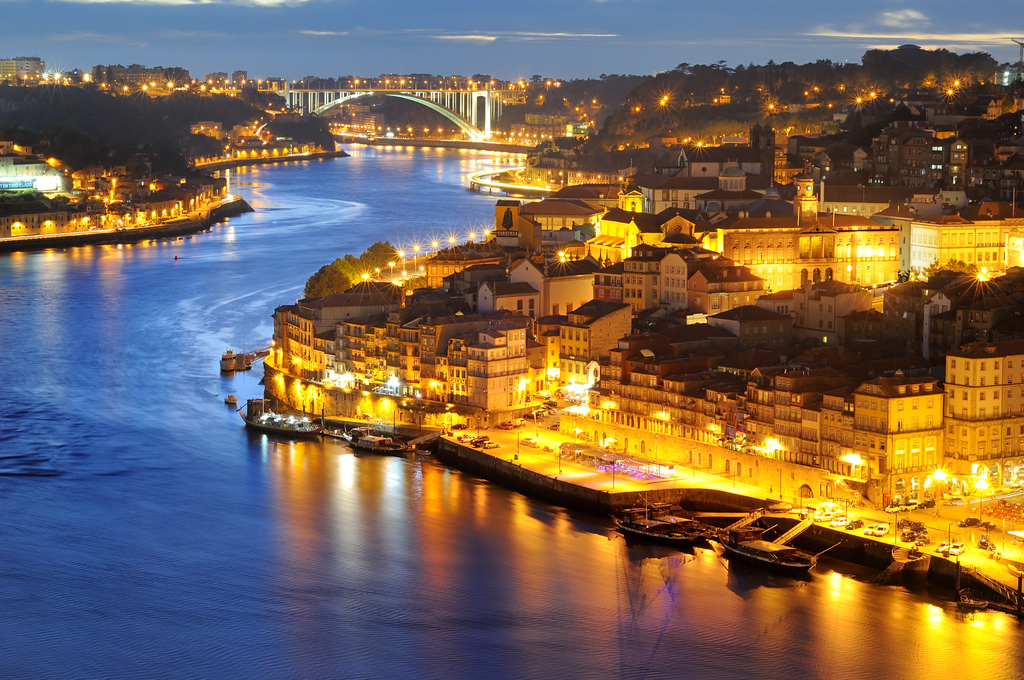The cruise industry underpins the success of the European maritime sector generating €57.6 billion for European economies in 2019 and supporting around 414,000 jobs. It is estimated that cruise passenger numbers will return to or exceed pre-pandemic levels by 2023.
Discover An Ocean Of Opportunities, highlighting the scope of the cruise industry workforce
At the heart and soul of the cruise industry are hundreds of thousands of men and women who are passionate about their careers on cruise ships.
They provide quality services to guests and take immense pride in doing so. The cruise industry likewise strives to provide a high-quality work environment for its seafarers.
To operate cruise ships in destinations around the world, CLIA member cruise lines rely on a truly global workforce, representing more than 150 countries. Our members would not be able to deliver exceptional cruise vacations without the hard work of dedicated crew.
This report looks at the scope of the cruise industry workforce and the positive effect of cruise jobs on people’s lives and communities around the globe.
Economic Contribution of Cruise Tourism to Europe 2022
The cruise market continued its growth trajectory in 2022. Throughout the year, intent to cruise continued to rise – surpassing 2019 levels – and cruise ships were once again bringing full ships to ports around the world and positively contributing to their local economies.
In 2022, more than 20 million people around the world chose to take a cruise holiday. In Europe, there were 5.7 million, compared to just 1.75 million passengers in 2021.
Spending by the Cruise Industry in 2022 supported €56.4 billion in Economic Output and almost 370,000 jobs.
European Parliament debate: Empowering Women in Transport: The Maritime industry and the role of the EU
Women are under-represented in the maritime sector. This event was the opportunity to share the positive example of cruise, and to raise awareness among the maritime community and policy makers about the importance of attracting women and young people to the maritime sector.
The cruise industry was represented in the panel by Vanessa De Michelle, 1st officer Carnival Maritime and Costa Cruises, who gave a motivational speech regarding her own career path from cadet to 1st officer.
We also shared a “seafarer testimony” video of Martel Fursdon, Deputy Captain of Ventura, P&O Cruises which provided food for thought and discussion.
Achieving gender equality and empowering all women and girls is one of the Sustainable Development Goals. Out of the 2% of women seafarers globally, 94% of them are in the cruise industry. At the same time, in the cruise sector, around 50% of women hold positions of mid-level seniority or higher.
European Market Report 2022
The cruise market continued its growth trajectory in 2022. Throughout the year, intent to cruise continued to rise – surpassing 2019 levels – and cruise ships were once again bringing full ships to ports around the world and positively contributing to their local economies.
In 2022, more than 20 million people around the world chose to take a cruise holiday. In Europe there were 5.8 million (+228% on 2021) and the three main destinations were the Mediterranean (38.4%), Northern Europe (29%) and the Caribbean (10.6%).
The sector trend is positive, also looking to the future. Indeed, according to an international survey, the “desire for cruises” continues to grow. 85% of those who have been on a cruise say they want to do it again and 73% of those who have never taken a cruise are considering the option. Within these two categories, 71% consider it “likely” or “very likely” to board in the next two years.
Trends and perspectives in EuroMed cruise tourism
CLIA commissioned Risposte Turismo to carry out an in-depth study into the current and short-term future trends and perspectives of the cruise industry in Europe and the Mediterranean.
Published in June 2022, the report includes cruise data, and year-on-year market comparisons for traffic, passenger numbers and ports for the entire Euro-Mediterranean (EuroMed) area in 2019, 2020 and 2021, with a more detailed focus on Italy. It also looks at forecasts for post-pandemic industry recovery by 2023 and takes a five-year view of port infrastructure, the direction of the cruise industry, and our commitment to net-zero carbon cruising by 2050.
The value of cruise tourism
Cruise tourists add value to economies before, during and after sailing. Every 24 cruise guests supports one full-time equivalent job, and on average each guest spends €660 in port cities during a typical seven-day cruise.
This benefit is not a one-off, as 60% of people who have taken a cruise say that they have since returned to a destination they first visited on a cruise ship.
State of the Cruise Industry report 2022
Our latest global report features new 2020 economic impact data, including critical insights concerning the industry’s recovery from the pandemic, the value of cruise tourism and the leadership and advancements in the areas of responsible tourism and maritime practices.
Economic impact of the cruise activity in the Balearic Islands (2018)
A report commissioned previously, but only just published, has found that in 2018, the cruise industry in Palma contributed an estimated €520.1 million and more than 4,300 full-time employees to the economy in the Balearic Islands. The study was commissioned by CLIA and carried out by Deloitte.
The report also highlights that a transit cruise passenger spent an average of €80.3, while a passenger embarking or disembarking in the Port of Palma spent €238.4. Expenditure was concentrated in five main areas: transport, accommodation, food & beverage, leisure & culture, and retail.
The Port of Palma welcomed 594 vessels in 2018, and around 2 million guests.
A major contributor to economies
The cruise industry value chain is extensive and diverse, and includes travel agencies, hotels, tour operators, and port agents, and manufacturing, as well as companies providing on board goods and services. Critically, Europe is also a centre of excellence when it comes to building the complex, future-proof cruise ships in operation today, with thousands of people employed performing skilled labour in shipyards across Europe. The cruise industry ecosystem is not limited to specific geographic locations or port areas but expands across multiple countries.
Read our Global Economic Impact ReportPowered by a global workforce
Employing a truly global workforce, crew members are the foundation of the cruise industry. Prior to the pandemic, CLIA ocean-going cruise line members employed about 250,000 seafarers hailing from over 100 countries. As highly trained and dedicated professionals, crew members are hard at work implementing enhanced health and safety protocols that protect the well-being of those aboard the ships and communities we visit.
Many hospitality and tourism businesses in coastal communities rely on cruise tourism. Local economies are supported through a combination of direct spend, indirect spend and induced contribution.

Direct spend by guests, crew and cruise lines
Destinations benefit from expenditure by cruise passengers (retail, tours, local transit), crew, and cruise lines (food and beverages, bunker fuel, port utilities, operational and capital expenditures). Globally, direct spending was an estimated $72 billion in 2019.
In Europe, direct spend by passengers, crew and cruise lines totalled $28.8 billion or 40% of the industry’s total global direct contribution.

Indirect and induced economic contribution
Economies benefit from spending by impacted businesses and their employees (“indirect and induced output”). In 2019 the $72 billion in direct cruise tourism expenditures generated an additional $82.4 billion in indirect and induced output, and nearly 612,000 FTE jobs globally.
In Europe, the indirect and induced economic contribution in 2019 totalled $35.71 billion accounting for 43% of global output.

Total economic contribution
Combining direct, indirect, and induced contributions, cruise tourism generated an estimated $154.5 billion in total output of goods and services globally in 2019. As a result of the production of this output, an estimated 1,166,000 FTE jobs were required globally.
In Europe, the estimated total output of goods and services in 2019 totalled €557.6 billion generating 400,000 jobs.
On average each cruise guest spends €660 in port cities during a typical seven-day cruise.
State of the Industry Cruise Report 2022
European Market Report 2019
European ocean cruise passenger numbers grew by 7.5% from 2018 to 7.7 million during 2019. Germany and Italy saw double digit growth. Strong growth was also seen in the Eastern Mediterranean, up 17% to 874,000 passengers. Other areas which saw significant growth, from a smaller base, include the Canary Islands, up 13%, and the Baltics, up 15%. While the European market grew in 2019, COVID-19 led the industry voluntarily to pause global operations. With protocols in place, and in cooperation with authorities, cruise lines have gradually resumed operations in Europe.
Read our European Passenger Report